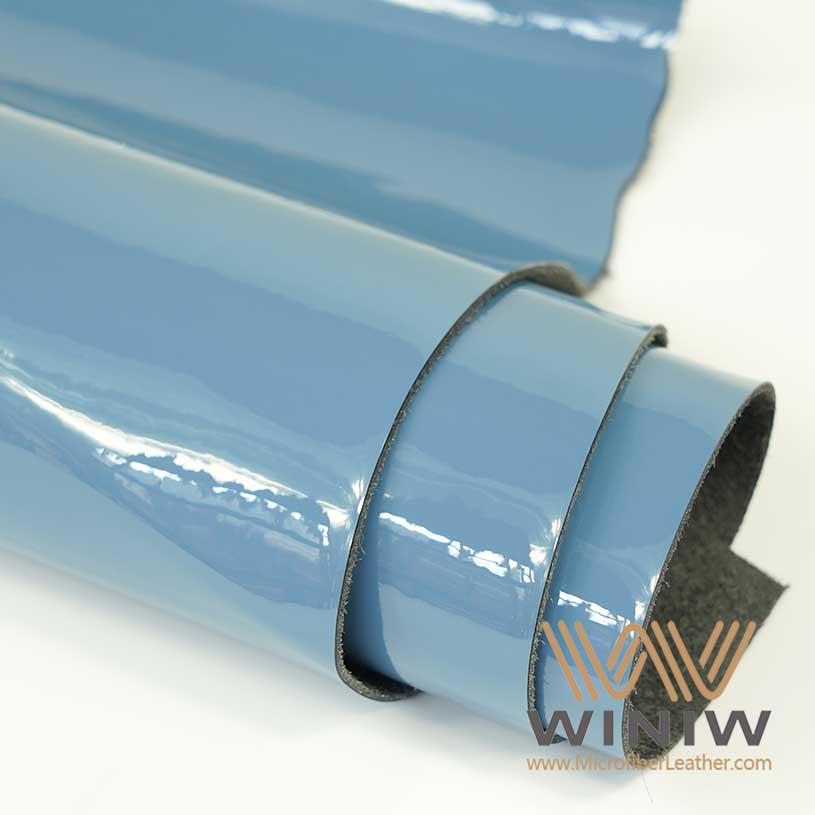
Patent shoes feature a unique type of leather known as patent leather, which undergoes a special coating process. This treatment creates a high-gloss finish that gives the shoes a mirror-like shine and smooth surface. Many people choose patent shoes for both formal and casual events because the glossy appearance stands out in any setting.
In 2022, about 29.4% of formal shoes sold worldwide used patent leather, showing their strong presence in the market.
The patent material resists moisture and keeps its shine with minimal care.
Patent shoes feature a glossy finish that makes them stand out in both formal and casual settings.
The unique coating process of patent leather makes these shoes waterproof and easy to clean.
Patent shoes are versatile, suitable for various occasions from weddings to casual outings.
Proper fit is crucial for comfort, as patent leather can be stiffer than other materials.
Regular maintenance, like wiping with a damp cloth, helps preserve the shine and appearance of patent shoes.
Black patent shoes are the most popular choice due to their ability to match with almost any outfit.
Synthetic patent shoes offer a more affordable option but may lack the durability of genuine patent leather.
Choosing the right color can enhance the versatility of patent shoes, allowing for personal expression.
Patent shoes stand out in the world of footwear due to their distinctive shine and smooth surface. These shoes use patent leather, a material that undergoes a special coating process to achieve its signature look. The result is a shoe that reflects light and draws attention, making it a popular choice for both formal and casual occasions.
Manufacturers create patent leather by starting with fine grain leather. They tan the leather using chemicals to increase its durability. After tanning, they apply a high-gloss synthetic coating. This coating was once made from natural oils like linseed oil, but today, most use modern plastics such as polyurethane or acrylic. The process gives patent leather its flexibility, water resistance, and mirror-like finish.
Note: Modern patent leather often comes in a variety of colors and patterns, offering more choices than traditional leather.
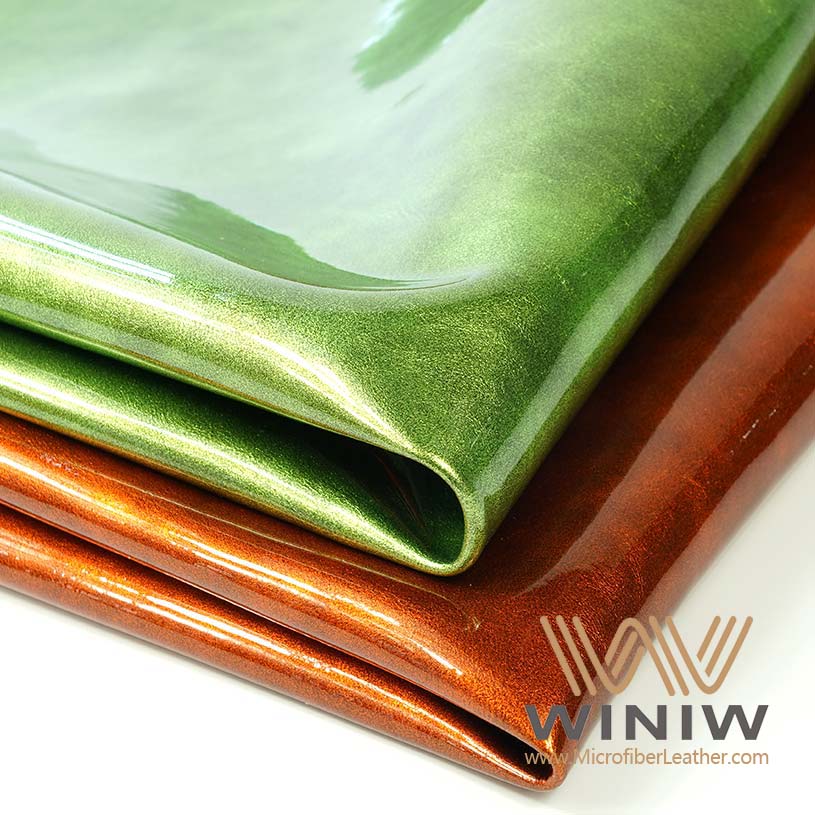
The glossy finish is the defining feature of patent leather. This shine comes from the synthetic coating, which creates a smooth, reflective surface. The finish not only enhances the visual appeal but also makes the shoes easier to clean. Dirt and moisture rarely penetrate the surface, so a simple wipe keeps the shoes looking new.
Patent leather is virtually waterproof.
The finish remains flexible and soft, even after repeated wear.
The shine does not fade easily, maintaining its appeal over time.
Patent shoes differ from other types of footwear in several key ways. The table below highlights the main characteristics that set them apart:
|
Characteristic |
Regular Leather Shoes |
Synthetic Options |
|
|---|---|---|---|
|
Glossy, mirror-like appearance |
Natural, matte or semi-gloss finish |
Can mimic shine, but often less durable |
|
|
Water resistance |
Treated for water resistance |
Absorbs moisture, needs regular care |
Often water-resistant, but less breathable |
|
Ease of maintenance |
Smooth surface, easy to clean |
Requires conditioning and polishing |
Usually easy to clean |
|
Durability |
Prone to cracking and yellowing if not cared for |
Develops character and patina over time |
May crack or peel with age |
|
Cost |
Mid to high, depending on material quality |
Varies, often higher for premium leather |
Usually more affordable |
Regular leather shoes use natural hides that retain their texture and grain. The manufacturing process focuses on enhancing these natural qualities. Over time, regular leather develops a patina, which gives each pair a unique look. These shoes require regular conditioning and polishing to maintain their appearance. They tend to last a long time and become more comfortable with age.
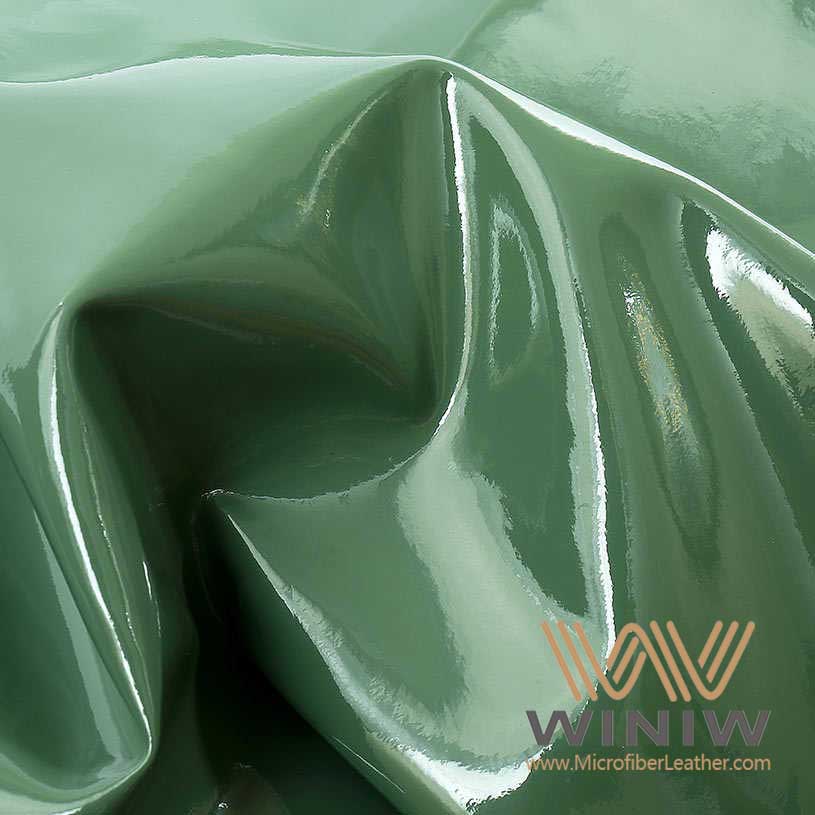
Synthetic patent shoes use man-made materials to imitate the look of patent leather. These options often cost less than genuine patent leather shoes. While they can achieve a similar shine, synthetic versions may not offer the same flexibility or longevity. Faux patent leather products are popular for their affordability, but they may crack or peel faster than real leather.
Synthetic patent shoes are generally more affordable.
They provide a shiny appearance but may lack the durability of genuine patent leather.
Tip: When choosing between genuine and synthetic patent shoes, consider both your budget and how often you plan to wear them.
Patent leather shoes remain a favorite for those who want a combination of style, shine, and easy maintenance. The unique properties of patent leather make these shoes suitable for a wide range of occasions, from black-tie events to everyday wear.
Patent leather first appeared in the early 19th century. Manufacturers in England and America developed new methods to create a glossy, durable finish on fine grain leather. The process involved coating the leather with oils and varnishes, which produced a mirror-like shine. This innovation quickly attracted attention in high society.
During the Victorian era, patent leather became a symbol of prestige and elegance. People valued appearances, and the glossy surface of patent leather shoes signaled wealth and sophistication. Social gatherings often required formal attire, and patent leather footwear became essential for gentlemen and ladies who wanted to display their status.
The popularity of patent leather surged in the 19th century, marking it as a sign of elegance and prestige.
The shiny finish acted as a visual indicator of wealth and sophistication, especially when appearances mattered in social settings.
Formal footwear, such as dress pumps, became necessary for men of high status, while women preferred handbags and gloves made from patent leather.
Patent leather shoes stood out at balls, dinners, and other formal events. The reflective surface caught the light, drawing attention and admiration. People often paired these shoes with tailored suits or evening gowns, reinforcing their association with luxury.
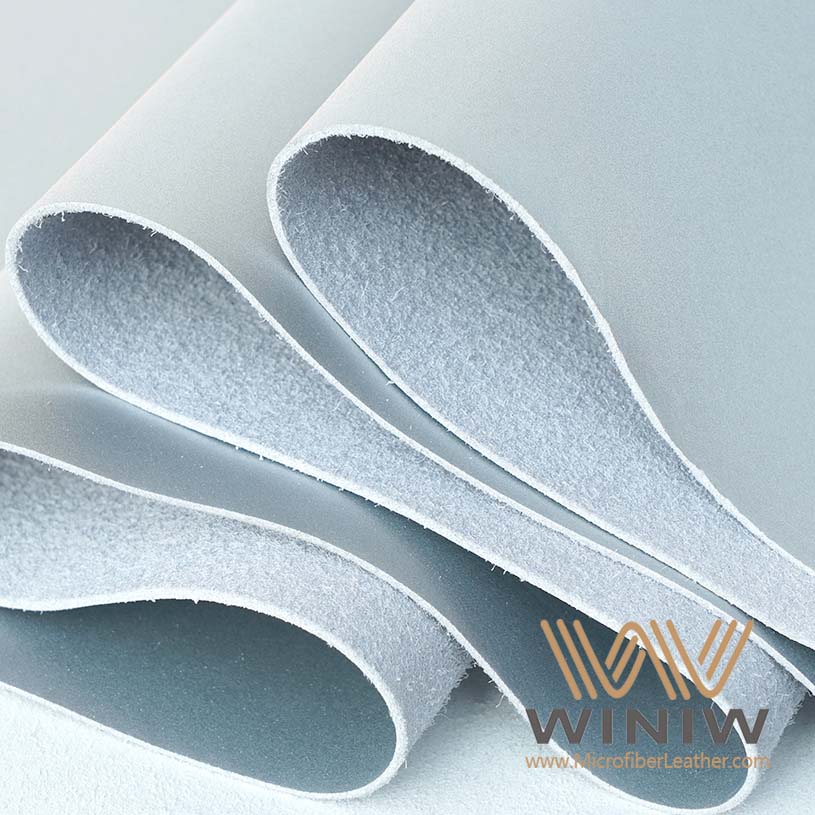
Patent leather continued to evolve throughout the 20th century. Advances in chemistry led to the use of synthetic coatings, which improved durability and expanded color options. Designers experimented with new shapes and styles, making patent leather shoes accessible to a wider audience.
In recent years, patent leather has experienced a resurgence in fashion. The glossy trend remains prominent in 2024, with luxury designers such as Ferragamo, Saint Laurent, and Gucci showcasing patent leather in their collections.
Modern designers use patent leather to create shoes that symbolize sophistication and high fashion.
The material appears in both classic and contemporary designs, suitable for many occasions.
Patent leather shoes appeal to those who want a polished look for formal events or a bold statement for casual outings.
Fashion magazines and influencers highlight patent leather shoes as must-have items. The material’s shine and smooth texture attract attention on runways and in everyday life. People choose patent leather for its versatility, pairing it with suits, dresses, or even jeans.
Patent leather’s journey from Victorian prestige to modern style reflects its lasting appeal. The combination of tradition and innovation keeps patent leather shoes popular among people who value elegance and practicality.
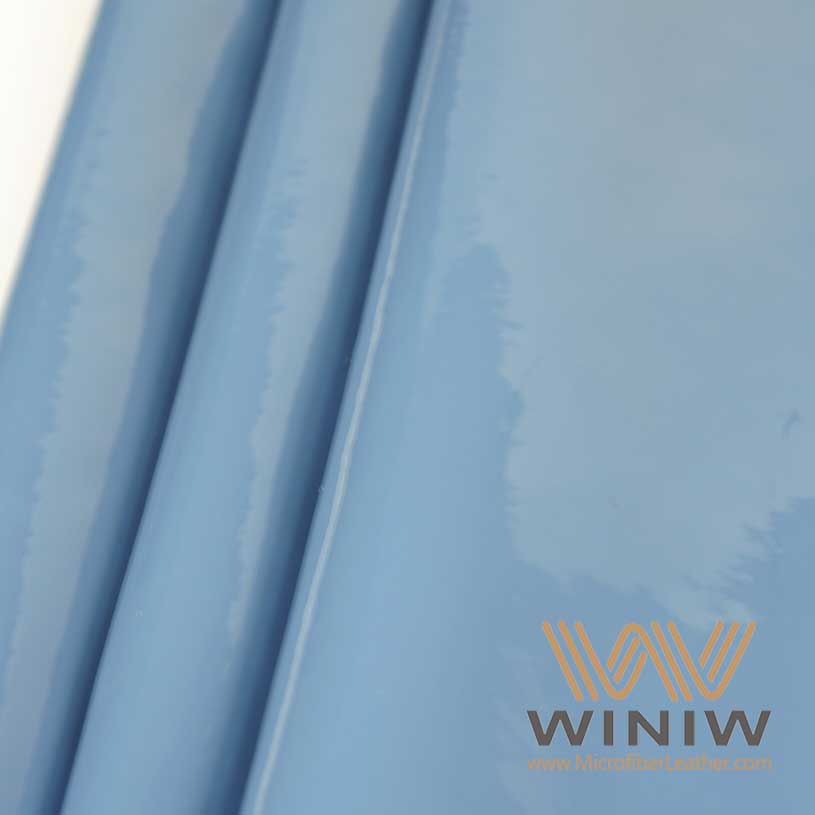
Patent leather stands out for its impressive waterproof qualities. Manufacturers achieve this by coating the leather with synthetic materials such as polyurethane and acrylic. These coatings form a barrier that prevents moisture from reaching the leather fibers. Unlike natural leathers, which can absorb water and become damaged, patent leather keeps feet dry and maintains its appearance even in wet conditions. The outer layer, made from plastics, not only blocks water but also protects against dirt. This waterproof nature gives patent leather a clear advantage over other shoe materials, especially for those who want shoes that look good and last longer.
Patent leather uses synthetic coatings to create a waterproof barrier.
The plastic outer layer keeps moisture and dirt away from the leather.
Waterproof properties help the shoes stay shiny and clean in all weather.
The flexibility of patent leather comes from the synthetic coating applied during production. This layer allows the material to bend and move with the foot, reducing the risk of cracking or peeling. The flexibility also makes the shoes more comfortable for daily wear. Unlike some stiff shoe materials, patent leather adapts to the shape of the foot while still providing a strong, protective surface. The combination of flexibility and durability means that patent leather shoes can handle regular use without losing their signature shine.
The shine of patent leather is one of its most recognizable features. During manufacturing, workers polish the leather and apply layers of linseed oil or acrylic. This process creates a glossy, mirror-like surface that reflects light beautifully. The high-gloss finish not only looks elegant but also makes patent leather a favorite for formal events and fashion-forward outfits. In bright lighting, the reflective surface produces striking visual effects, drawing attention and adding a touch of sophistication. The shine remains intact even after exposure to rain, thanks to the waterproof coating.
The finishing process includes polishing and applying special coatings for extra gloss.
Patent leather’s shine stands out in both natural and artificial light.
The reflective quality enhances the shoe’s appeal at formal gatherings.
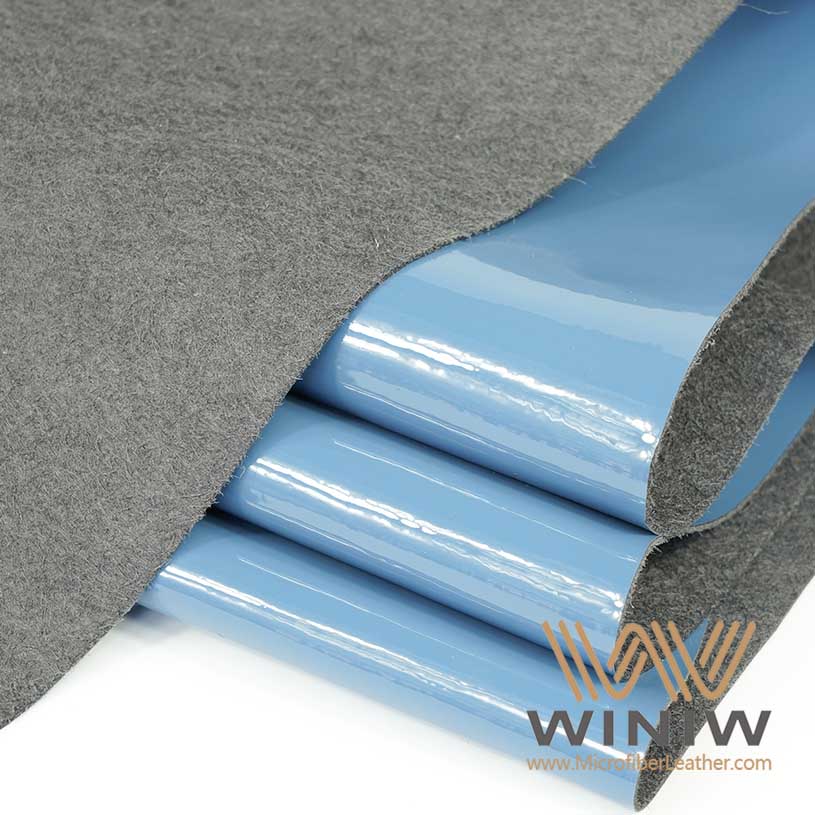
Patent leather also features a smooth, flawless texture. The synthetic coating covers any natural imperfections in the leather, resulting in a uniform surface. This smoothness makes the shoes easy to clean, as dirt and stains cannot penetrate the coating. A simple wipe with a damp cloth restores the original look. The smooth texture, combined with the shine, gives patent leather shoes a modern and polished appearance. People often choose these shoes for their ability to match a wide range of outfits, from tuxedos to jeans.
Note: The reflective surface of patent leather can highlight scratches or scuffs, so regular care helps maintain its flawless look.
Patent leather combines waterproof protection, flexibility, high shine, and a smooth texture. These features make it a practical and stylish choice for many occasions.
Patent leather stands out for its remarkable adaptability in fashion. The glossy finish and smooth texture allow these shoes to transition seamlessly between different dress codes. Many people choose patent shoes because they can elevate both professional and informal looks.
Patent leather shoes have become a staple for formal events. Their high-gloss surface creates a polished appearance that pairs well with tuxedos and tailored suits. Black patent shoes, in particular, offer a classic choice for black-tie occasions. The reflective shine adds a luxurious touch, making them a favorite for galas, weddings, and business functions.
Black-tie attire: These shoes complement a tailored black tuxedo or dark suit, creating a striking contrast.
Lounge attire: They can be paired with a charcoal gray or navy suit for semi-formal occasions, balancing formality and style.
Fashion experts often highlight the eye-catching appearance of patent leather. The shoes draw attention at evening events and help the wearer stand out in a crowd.
Patent leather also works well with casual outfits. The adaptability of black patent leather shoes allows them to enhance informal gatherings or weekend brunches. The shine brings a sense of sophistication to jeans, chinos, or even casual dresses. People who want to add a bold statement to their everyday look often select patent shoes for this reason.
Note: Black patent leather shoes can be styled for various occasions, from casual outfits to formal attire. Their glossy finish adds a luxurious touch, making them suitable for informal gatherings or weekend brunches, demonstrating their adaptability.
While patent leather shoes excel in formal settings, they also provide a unique twist for more relaxed styles. This versatility sets them apart from other shoe types, such as leather loafers, which are recognized for comfort but may not offer the same level of visual impact.
Patent leather offers several benefits in terms of durability. The synthetic coating protects the underlying leather, helping the shoes maintain their appearance over time. However, the material does require some care to preserve its shine and prevent damage.
The rigid structure of patent leather helps shoes retain their shape, even after repeated use. Personal trials have shown that girls' leather shoes maintained their appearance after several days of use, even in light rain and scrapes. Patent leather resists water and dirt, which helps extend the life of the shoes. However, the material can develop visible scratches early on, which may diminish the shine and make restoration more difficult.
Patent leather shoes keep their shape due to the sturdy coating.
The waterproof layer protects against moisture and dirt.
Scratches can appear quickly, so careful handling is important.
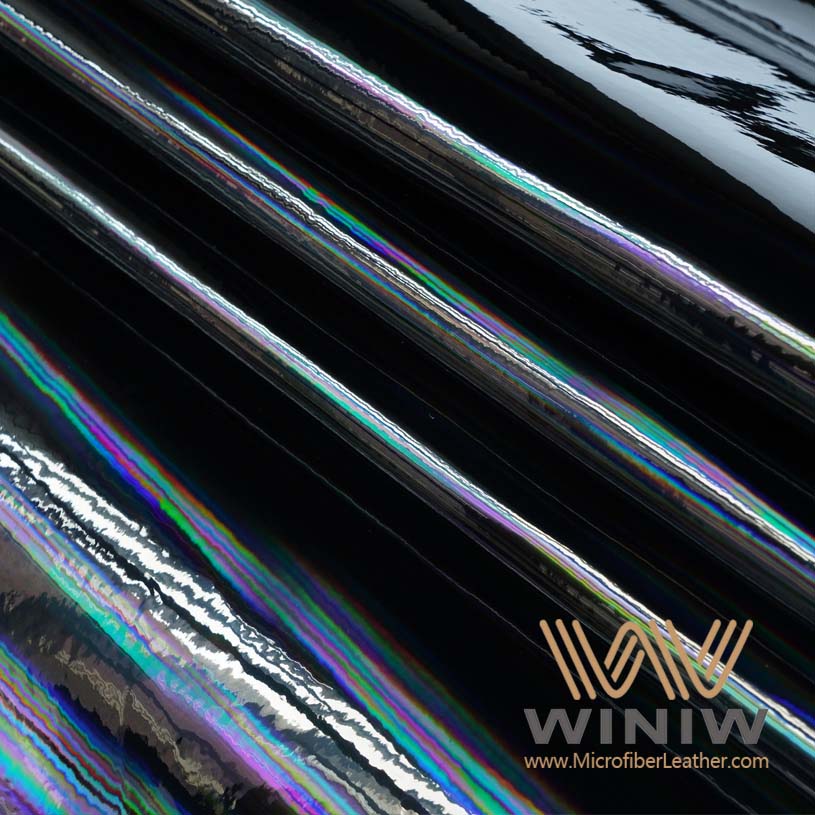
One of the main advantages of patent leather lies in its easy maintenance. The smooth, non-porous surface allows for quick cleaning. Most dirt and stains can be wiped away with a damp cloth. Unlike regular leather, patent leather does not require conditioning or polishing. This low-maintenance quality appeals to busy individuals who want stylish shoes without extra effort.
Tip: Regularly wiping patent leather shoes with a soft cloth helps preserve their shine and prevents buildup of dust or grime.
Despite requiring more maintenance than some other shoe types, patent leather shoes remain popular for their combination of style, durability, and ease of care. The shoes offer a unique blend of elegance and practicality, making them a smart choice for many wardrobes.
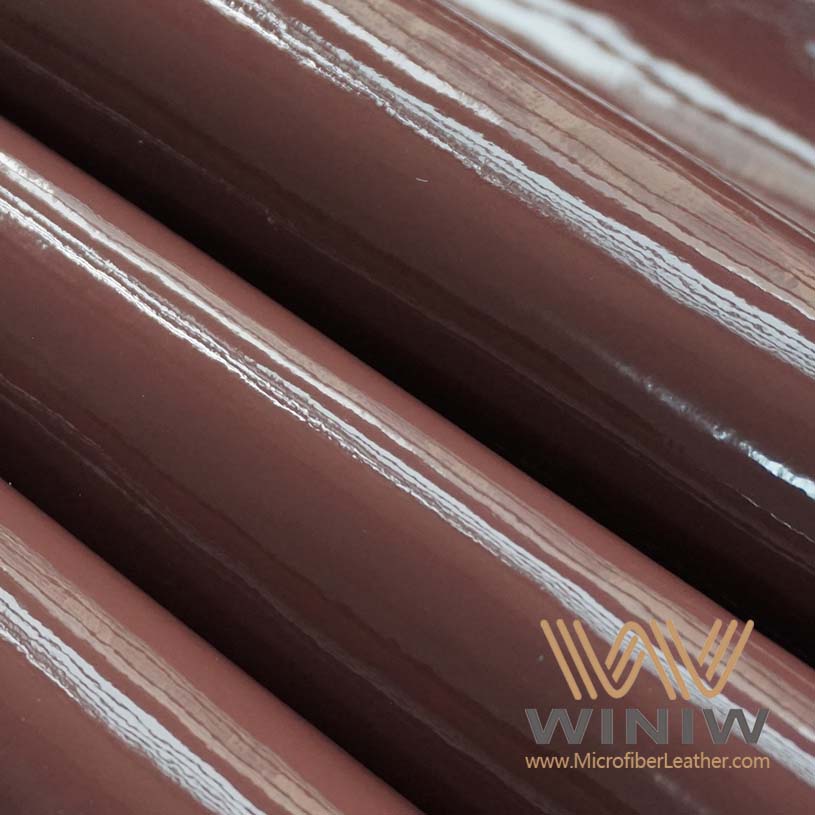
Scuffs can quickly ruin the glossy look of patent leather shoes. Many people notice that rough surfaces, such as concrete or gravel, often cause abrasions. Shoes dragged along these surfaces may develop scratches that are hard to remove. Improper storage in a cluttered space can also lead to unwanted marks. Excessive bending of the toe box sometimes creates fine cracks in the shiny coating. Skipping regular cleaning routines allows dirt to settle into the finish, which can leave lasting imperfections. Using harsh cleaning tools, like stiff brushes or abrasive cloths, may scratch the surface and dull the shine.
Rough surfaces, such as concrete or gravel, can cause abrasions.
Storing shoes in a cluttered space may result in scratches.
Excessive bending of the toe box can create fine cracks.
Skipping cleaning routines allows dirt to embed in the finish.
Using harsh cleaning tools can scratch the shiny coating.
To avoid these issues, people should walk carefully on rough ground and store shoes in a safe place. Gentle handling helps preserve the flawless appearance of patent leather.
A simple maintenance routine keeps patent leather shoes looking their best. Owners should wipe the shoes with a soft, damp cloth after each wear to remove dust and dirt. For stubborn marks, a small amount of mild soap on a cloth works well. After cleaning, shoes should be dried with a soft towel. Regular cleaning prevents dirt from building up and keeps the glossy finish intact. People should avoid using strong chemicals or rough sponges, as these can damage the surface. A gentle touch ensures the shoes remain shiny and smooth.
Tip: Applying a small amount of mineral oil or petroleum jelly with a soft cloth can restore shine and help prevent cracks.
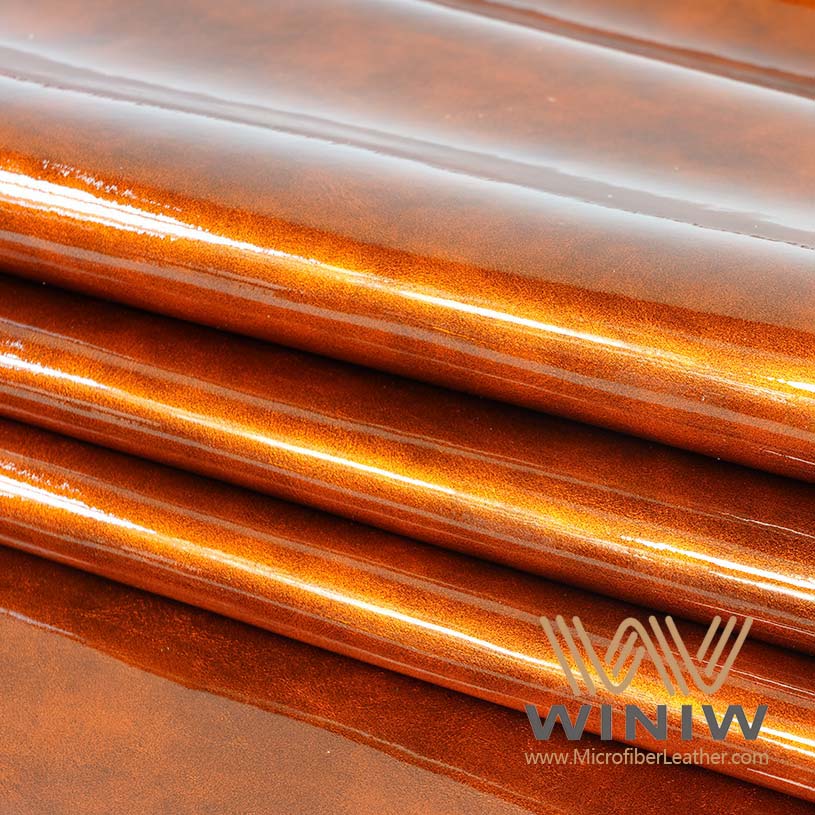
Proper storage plays a key role in preserving patent leather shoes. Manufacturers recommend keeping shoes away from direct sunlight, as excessive exposure to UV radiation can cause discoloration. Storing shoes in a shielded space, such as a shoe tree, cupboard, or drawer, helps protect them from light and dust. For lighter-colored shoes, a garment bag offers extra protection and prevents color absorption from nearby items. Shoes stored in a clutter-free area are less likely to develop scratches or cracks.
Avoid excessive exposure to sunlight to prevent discoloration.
Store shoes away from natural light.
Use a garment bag for lighter-colored shoes to prevent color absorption.
Place shoes in a shoe tree, cupboard, or drawer for added protection.
Maintaining the right storage conditions helps patent leather shoes retain their glossy finish and prevents the formation of cracks. With careful cleaning and proper storage, these shoes can stay beautiful for years.
Selecting the right patent shoes involves more than just picking a stylish pair. Fit and comfort play a major role in how often someone will wear the shoes and how good they feel throughout the day. Patent leather shoes often have a stiffer structure compared to other formal footwear. This makes the correct fit even more important for both appearance and comfort. Many people notice that a well-fitted pair of patent shoes creates a polished look, while a poor fit can lead to discomfort or even blisters.
When choosing patent shoes, shoppers should consider these tips:
Try on several pairs to compare fit and comfort.
Make sure toes have enough room and are not compressed.
Select a heel height that feels stable and comfortable.
Check that the back of the shoe does not rub against the heel.
Ensure the shoe fits snugly at the ball of the foot.
Wear the type of socks or hosiery usually worn with dress shoes during the fitting.
Test the shoes later in the day, when feet may be slightly swollen.
Patent leather shoes often require a more tailored fit than other formal shoes. Many brands offer custom-tailored options for those who want a perfect match. Proper measurement and attention to fit help enhance both comfort and style. This tailored approach sets patent shoes apart from standard formal footwear, which may focus more on general comfort than on a precise, polished appearance.
Patent shoes come in a wide range of colors, but the choice of color can influence how and where the shoes are worn. Some colors work best for formal events, while others add a playful touch to casual outfits.
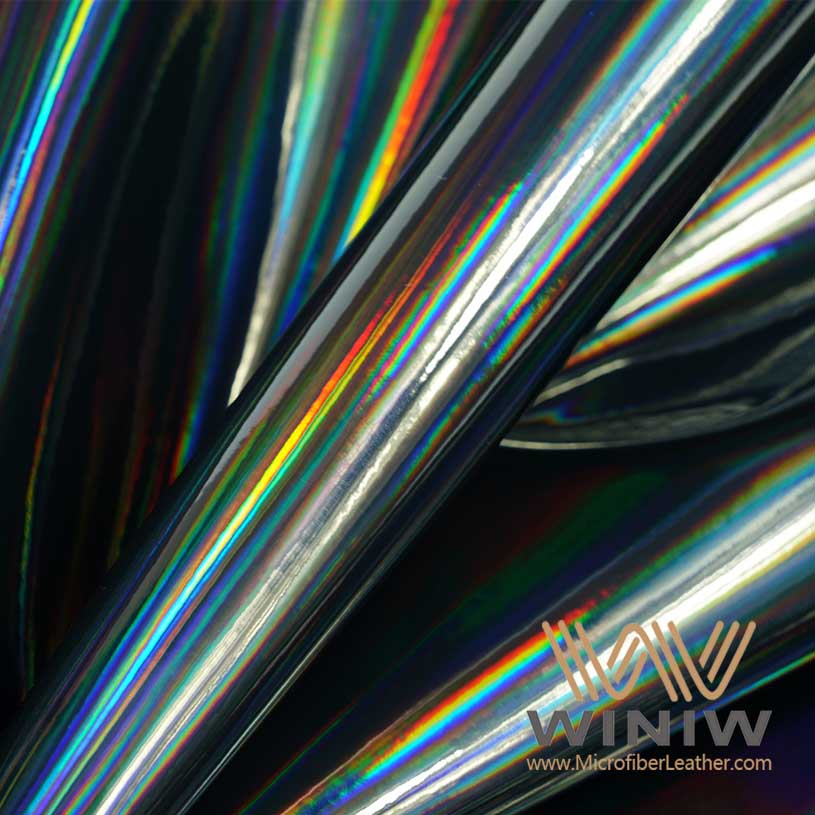
Black patent shoes remain the most versatile and popular choice. Their classic shine pairs well with almost any outfit, making them a staple in many wardrobes. As style expert Genevieve Antoine Dariaux notes:
“Black patent leather [shoes] can be worn with almost everything except for very casual or sports ensembles; they harmonize with the colour of any outfit, including white, navy blue and brown.”
People often choose black patent shoes for weddings, business meetings, and evening events. The neutral color and glossy finish create a sophisticated look that suits both men and women.
Patent shoes also appear in shades like red, navy, beige, and metallics. These colors allow wearers to express personality and creativity. Bright or pastel patent shoes can add a bold accent to an outfit, while darker shades offer a subtle twist on classic styles. When selecting a color, shoppers should consider the occasions they plan to attend and how the shoes will coordinate with their wardrobe.
Tip: For those new to patent shoes, starting with black offers the most flexibility. Those who want to make a statement can explore other colors for special events or unique looks.
Patent shoes remain popular for several reasons:
Glossy appearance that adds style
Low maintenance and easy cleaning
Dirt resistance and waterproof qualities
Affordable options for most budgets
Their glossy finish brings elegance and sophistication, making them ideal for formal events. Durability and adaptability help them fit many fashion styles.
For first-time buyers, experts suggest pairing patent shoes with simple outfits, using a microfiber cloth for scuffs, and letting shoes dry fully after cleaning to maintain their shine.
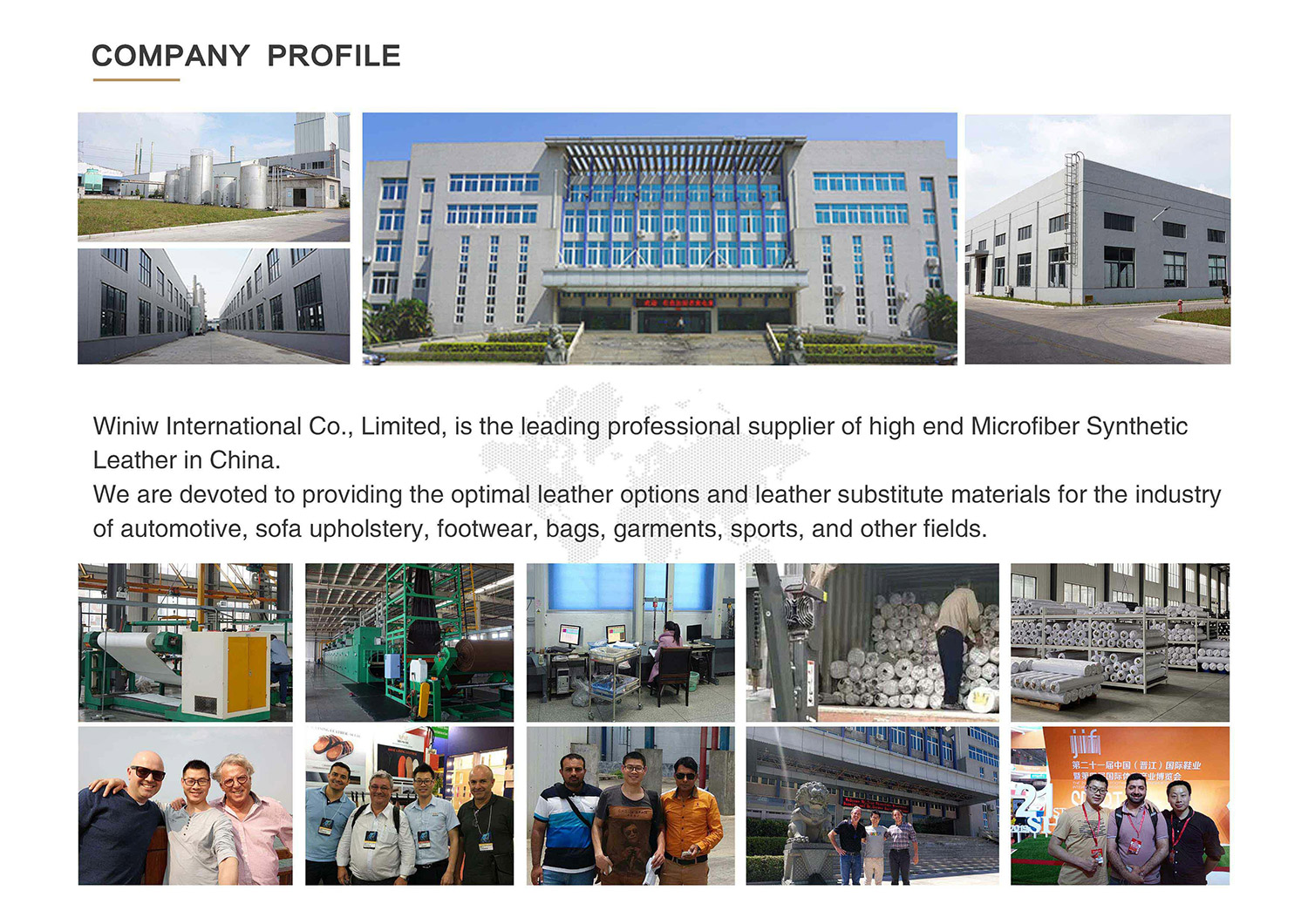
Patent leather uses a synthetic coating that creates a glossy, waterproof surface. Regular leather has a natural texture and absorbs moisture. Patent leather resists stains and requires less maintenance.
Patent shoes protect feet from rain because the coating blocks water. Owners should still avoid deep puddles. Prolonged exposure to moisture may cause cracks over time.
A soft microfiber cloth removes most scuffs. For stubborn marks, a small amount of petroleum jelly helps restore shine. Avoid abrasive cleaners to prevent damage.
Patent leather shoes work for daily use. They offer durability and easy cleaning. Owners should rotate pairs to prevent excessive wear and maintain the glossy finish.
Manufacturers produce patent shoes in many colors, including red, navy, beige, and metallics. Black remains the most versatile choice for formal and casual outfits.
Store patent shoes away from sunlight. Use a shoe tree or soft bag to prevent cracks and scratches. Proper storage helps maintain the shine and shape.

Scan to wechat:
